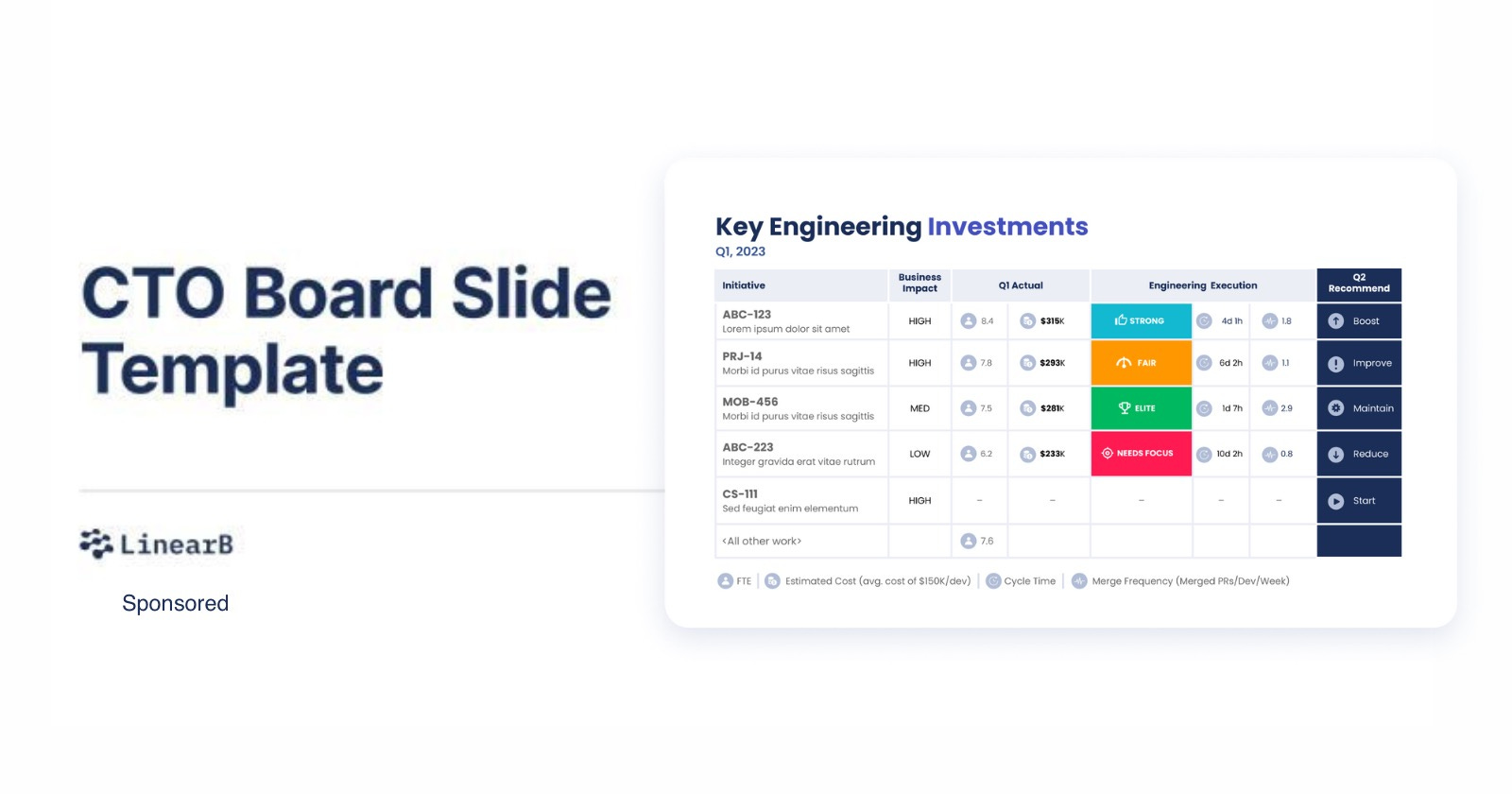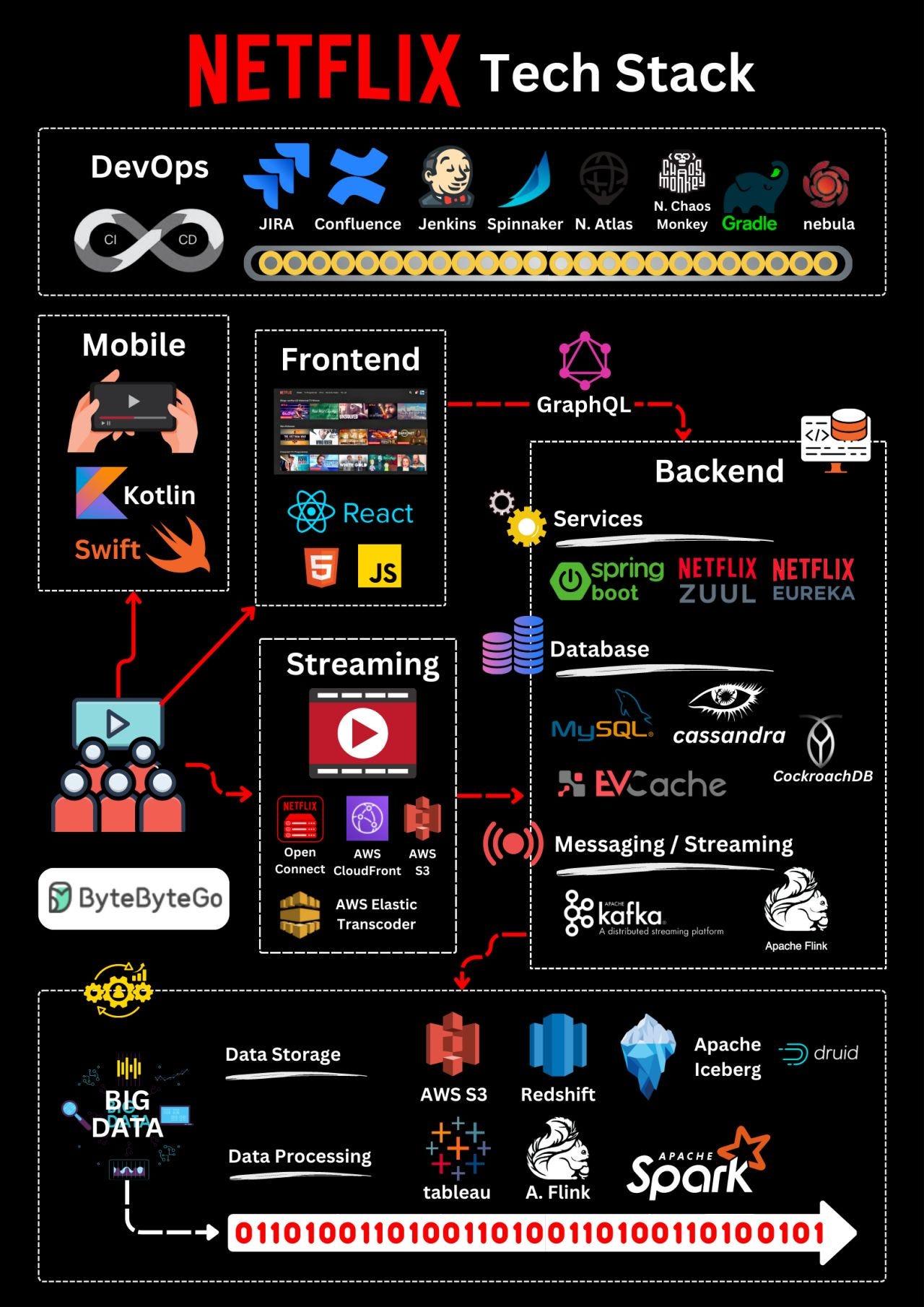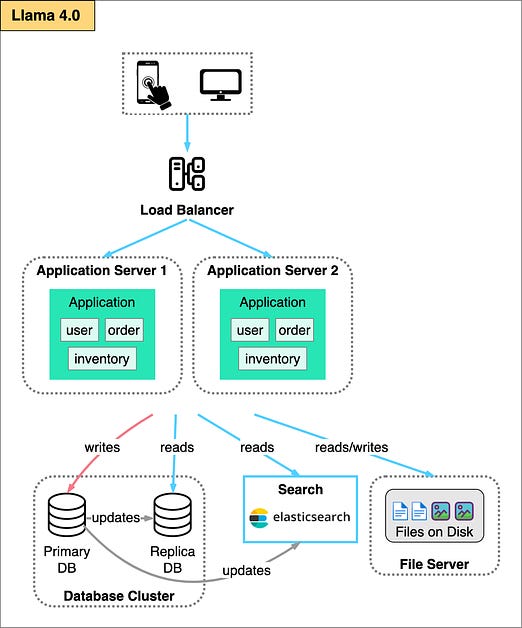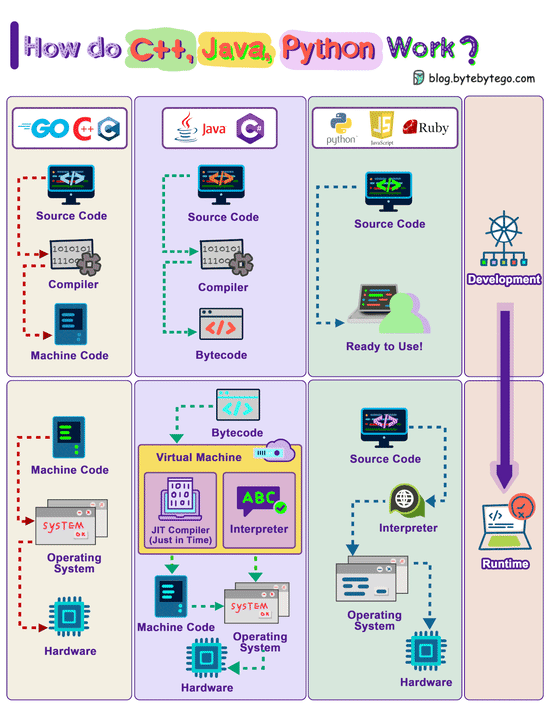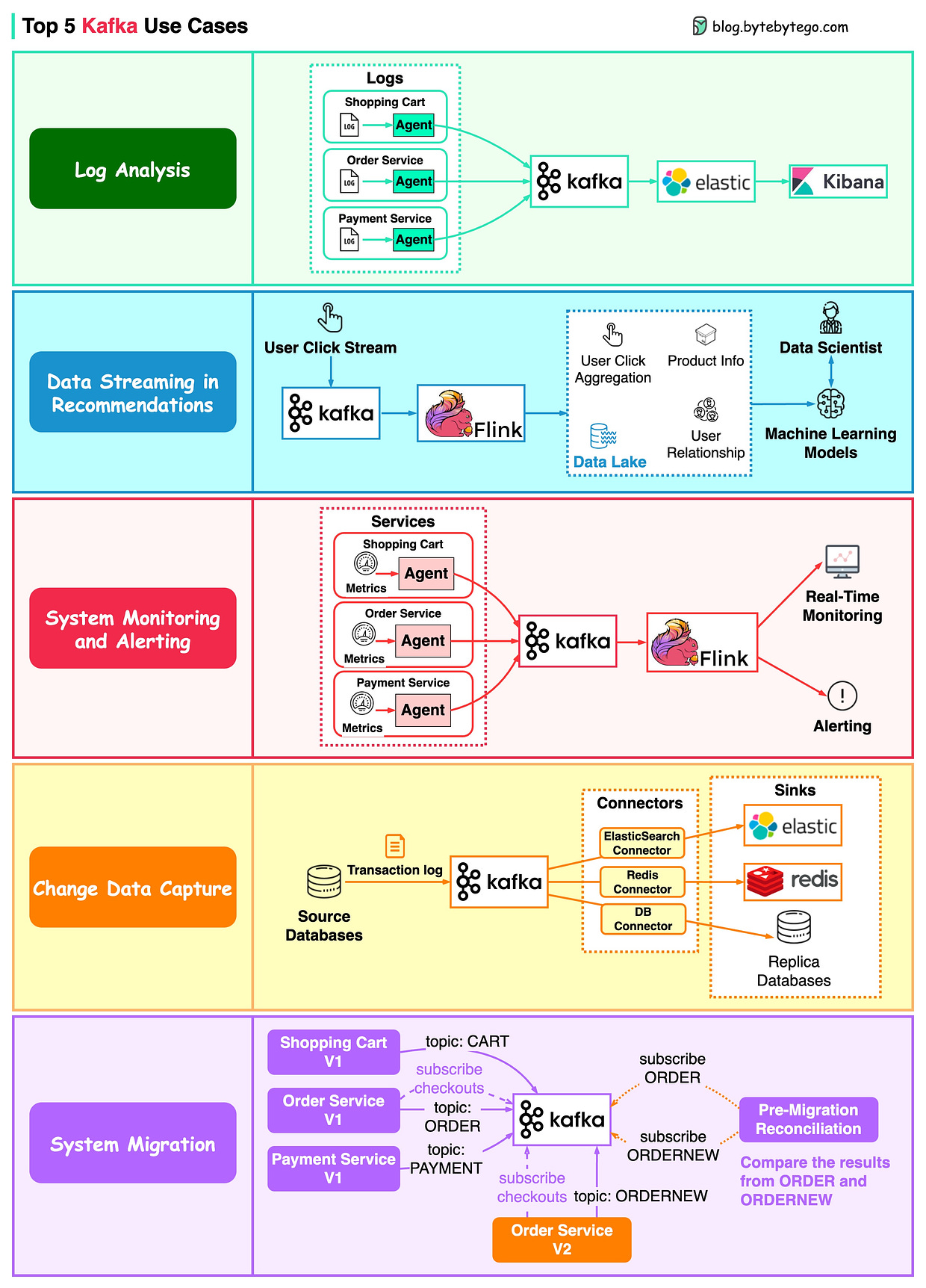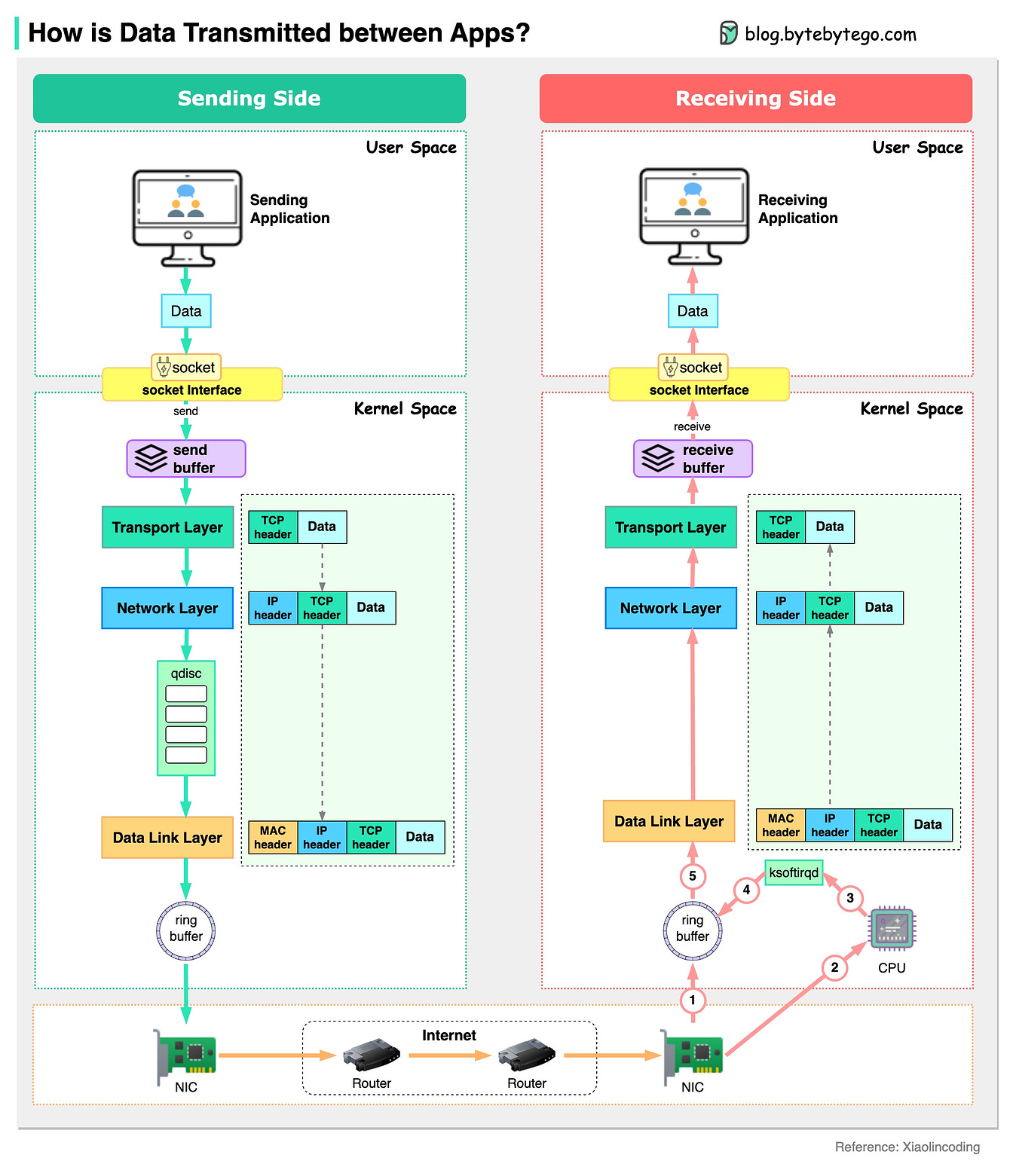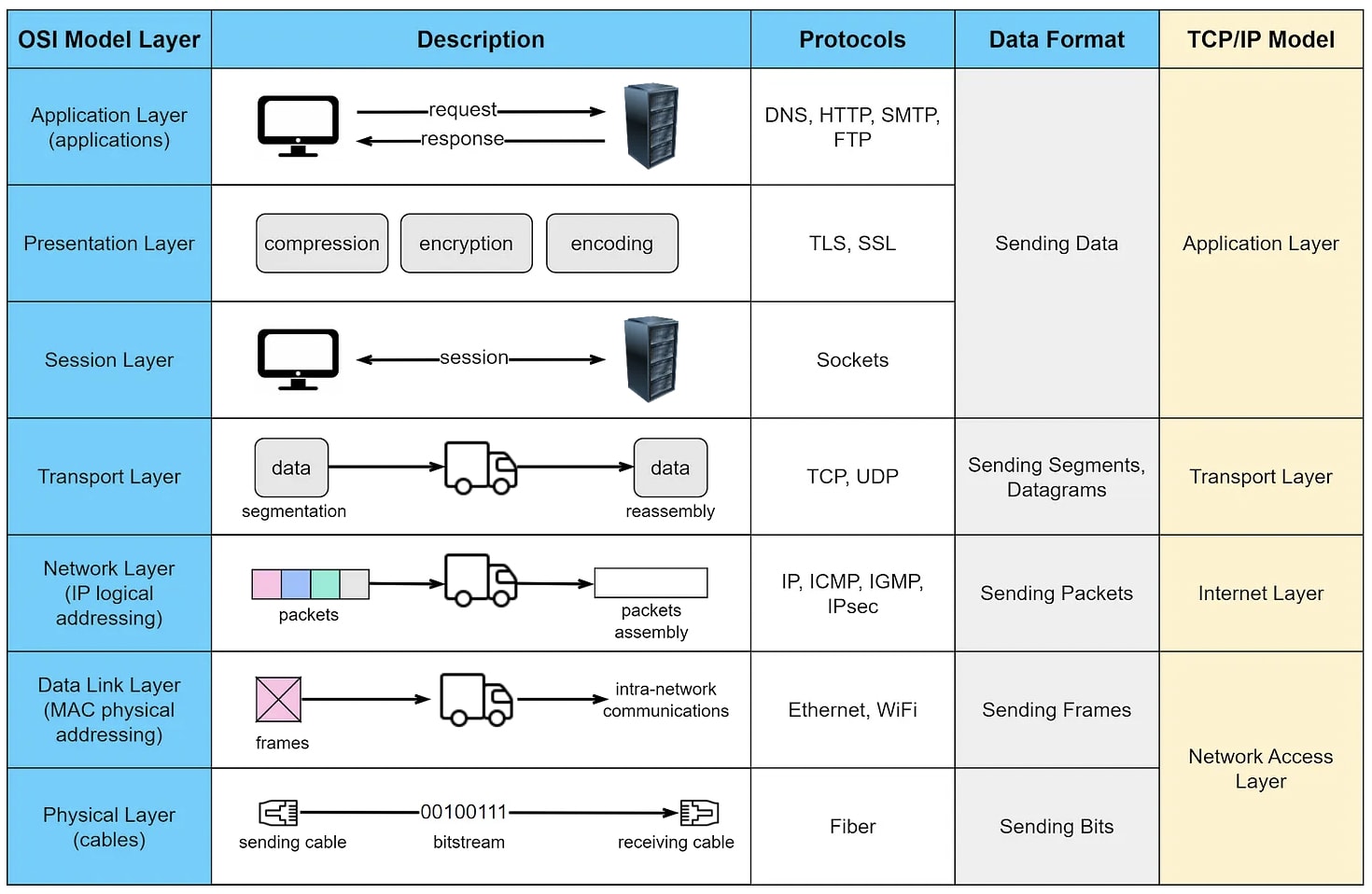- Mailing Lists
- in
- EP76: Netflix's Tech Stack
Archives
- By thread 5314
-
By date
- June 2021 10
- July 2021 6
- August 2021 20
- September 2021 21
- October 2021 48
- November 2021 40
- December 2021 23
- January 2022 46
- February 2022 80
- March 2022 109
- April 2022 100
- May 2022 97
- June 2022 105
- July 2022 82
- August 2022 95
- September 2022 103
- October 2022 117
- November 2022 115
- December 2022 102
- January 2023 88
- February 2023 90
- March 2023 116
- April 2023 97
- May 2023 159
- June 2023 145
- July 2023 120
- August 2023 90
- September 2023 102
- October 2023 106
- November 2023 100
- December 2023 74
- January 2024 75
- February 2024 75
- March 2024 78
- April 2024 74
- May 2024 108
- June 2024 98
- July 2024 116
- August 2024 134
- September 2024 130
- October 2024 141
- November 2024 171
- December 2024 115
- January 2025 216
- February 2025 140
- March 2025 220
- April 2025 233
- May 2025 239
- June 2025 303
- July 2025 126
EP76: Netflix's Tech Stack
EP76: Netflix's Tech Stack
This week’s system design refresher:
Engineering Metrics CEOs Love | A Free Presentation DeckFor too many engineering leaders, the most stressful part of their job isn’t a bug or a system crash. The thing they worry about most is having to step into a boardroom and make the case that their engineering team is positively impacting the broader company. In this CEO-approved slide deck, you’ll find simple ways to communicate how your team is increasing engineering efficiency, all while delivering business results consistently. From crystal-clear ways to illustrate how engineering resources match company priorities to how developers reduce the turnaround time on essential features, the CTO Board Deck is your secret weapon for owning any boardroom you enter. System Design: Apache Kafka In 3 Minutes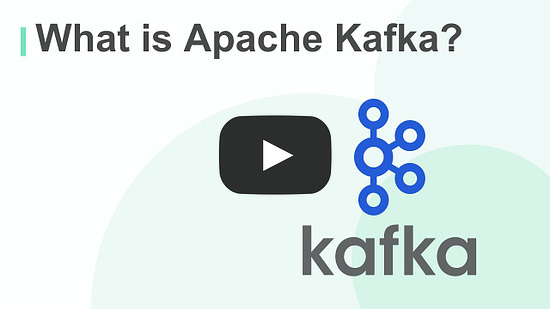 Netflix's Tech StackThis post is based on research from many Netflix engineering blogs and open-source projects. If you come across any inaccuracies, please feel free to inform us. Mobile and web: Netflix has adopted Swift and Kotlin to build native mobile apps. For its web application, it uses React. Latest articlesIf you’re not a subscriber, here’s what you missed this month. How Do C++, Java, Python Work?The diagram shows how the compilation and execution work. Compiled languages are compiled into machine code by the compiler. The machine code can later be executed directly by the CPU. Examples: C, C++, Go. Top 5 Kafka use casesKafka was originally built for massive log processing. It retains messages until expiration and lets consumers pull messages at their own pace. Unlike its predecessors, Kafka is more than a message queue, it is an open-source event streaming platform for various cases.
Over to you: Do you have any other Kafka use cases to share? How is data transmitted between applications?The diagram below shows how a server sends data to another server. Assume a chat application running in the user space sends out a chat message. The message is sent to the send buffer in the kernel space. The data then goes through the network stack and is wrapped with a TCP header, an IP header, and a MAC header. The data also goes through qdisc (Queueing Disciplines) for flow control. Then the data is sent to the NIC (Network Interface Card) via a ring buffer. An Unusual Request: Combating International Book Piracy on AmazonAs many of you know, I publish my books on Amazon. It is a great platform to do so. Amazon is where I direct people to find and buy my books. Unfortunately, there is an increasingly problematic piracy issue on the site for my books internationally, especially in India, which I am no longer able to solve by myself. The provided links direct to Amazon India, and ALL the books sold through those links are pirated. More and more customers are getting low-quality, pirated books shipped to them. The smaller problem is that pirates get paid, and not me. The larger problem is that people get books that are unusable and unacceptable in quality, and leave 1-start reviews. If you work at Amazon, can you please reply to this email, and help escalate this issue? I would like to keep promoting Amazon as a trusted source to purchase my books. But this issue needs to be resolved, and I'd need help from within the company. Thanks a lot in advance! Latest articlesHere are the latest articles you may have missed: To receive all the full articles and support ByteByteGo, consider subscribing: © 2023 ByteByteGo |
by "ByteByteGo" <bytebytego@substack.com> - 11:36 - 9 Sep 2023
